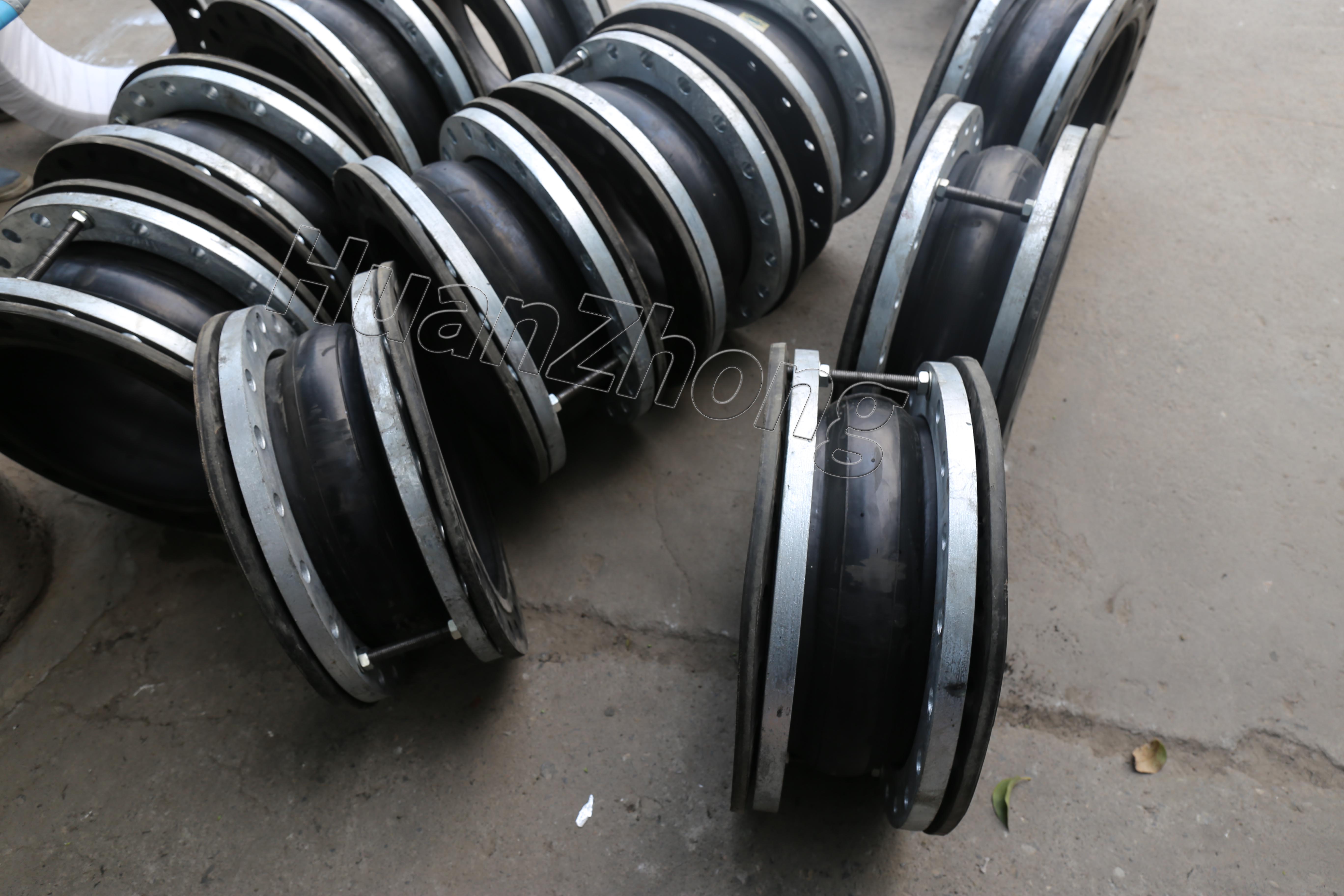Analysis of the working pressure of rubber joints
Analysis of the working pressure of rubber joints
Analysis of the working pressure of rubber jointsThe working pressure of rubber joints is the pressure that rubber joints can bear when they are working. It includes air, compressed air, water, seawater, hot water, oil, acid, alkali and other fluids. The pressure generated when passing through the pipe. The working pressure of a rubber joint, in MPa (Kgf/cm2).
The usual working pressure of rubber joints is 1.0MPa, 1.6MPa, these two pressures are used more often, of course the working pressure of rubber joints includes but is not limited to these two, because it also has 0.25MPa, 0.6MPa , 1.0MPa, 1.6MPa, 2.5MPa, 4.0MPa, 6.4MPa. the latter two pressures are large, the production and processing is difficult and generally Manufacturers are unable to produce them.
As a professional manufacturer of rubber joints, our company has strong technical force and rich experience. We have a history of manufacturing rubber joints for many years. We can produce various high-pressure rubber joints and other fittings. The bursting pressure of rubber joints means that the rubber joints may burst, tear or be damaged under such pressure. Therefore, the pipeline pressure is required not to exceed the bursting pressure.
How to choose the working pressure of rubber joints? The selection is based on the pressure of the pump and pipeline, which must correspond to the working pressure of the pipeline and equipment. You cannot use low-pressure rubber joints to install on high-pressure pipelines. This will cause damage to the rubber joint and piping equipment. How to know the working pressure of rubber joints? First of all, there will be obvious markings on the package and pressure markings on the main body of the rubber joint. In addition, you can also see the thickness of the flange. If the flange is thin, the working pressure of the rubber joint will be less. On the contrary, the pressure will be higher.
